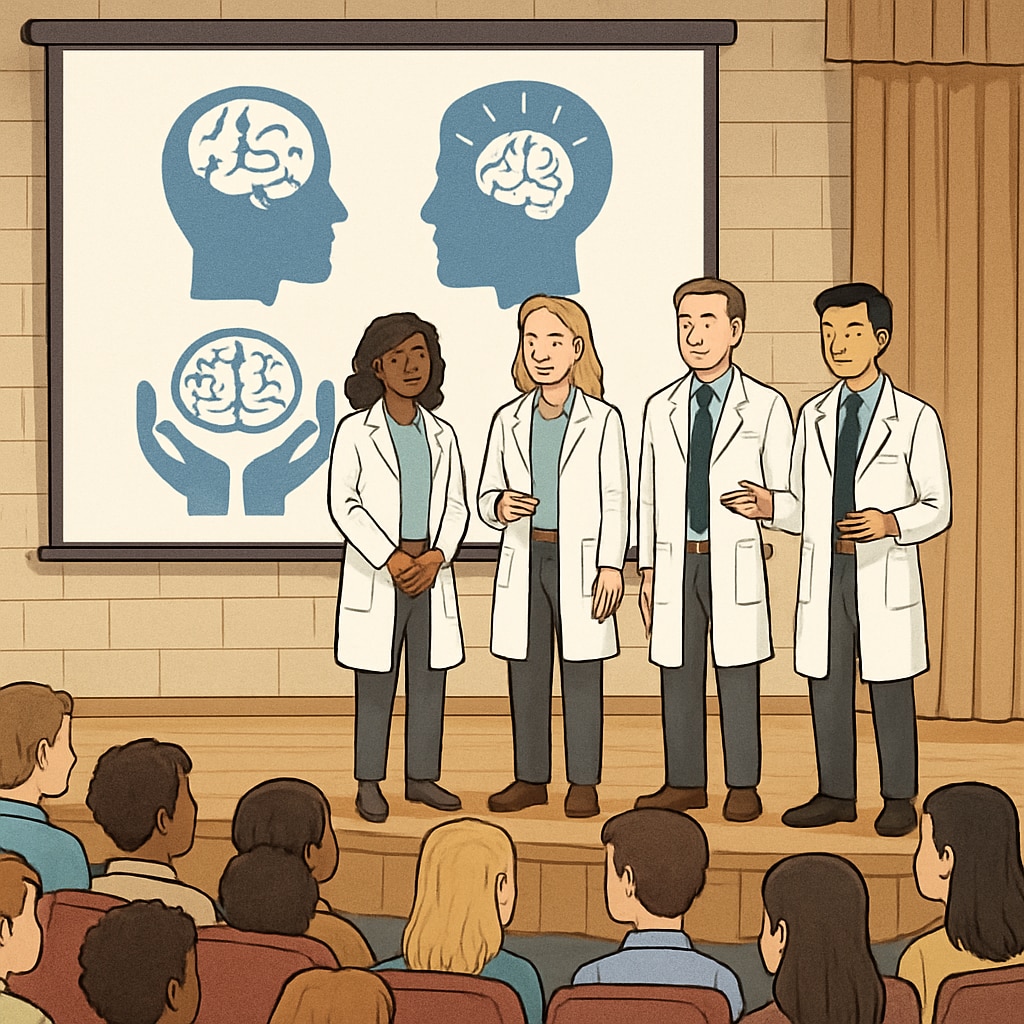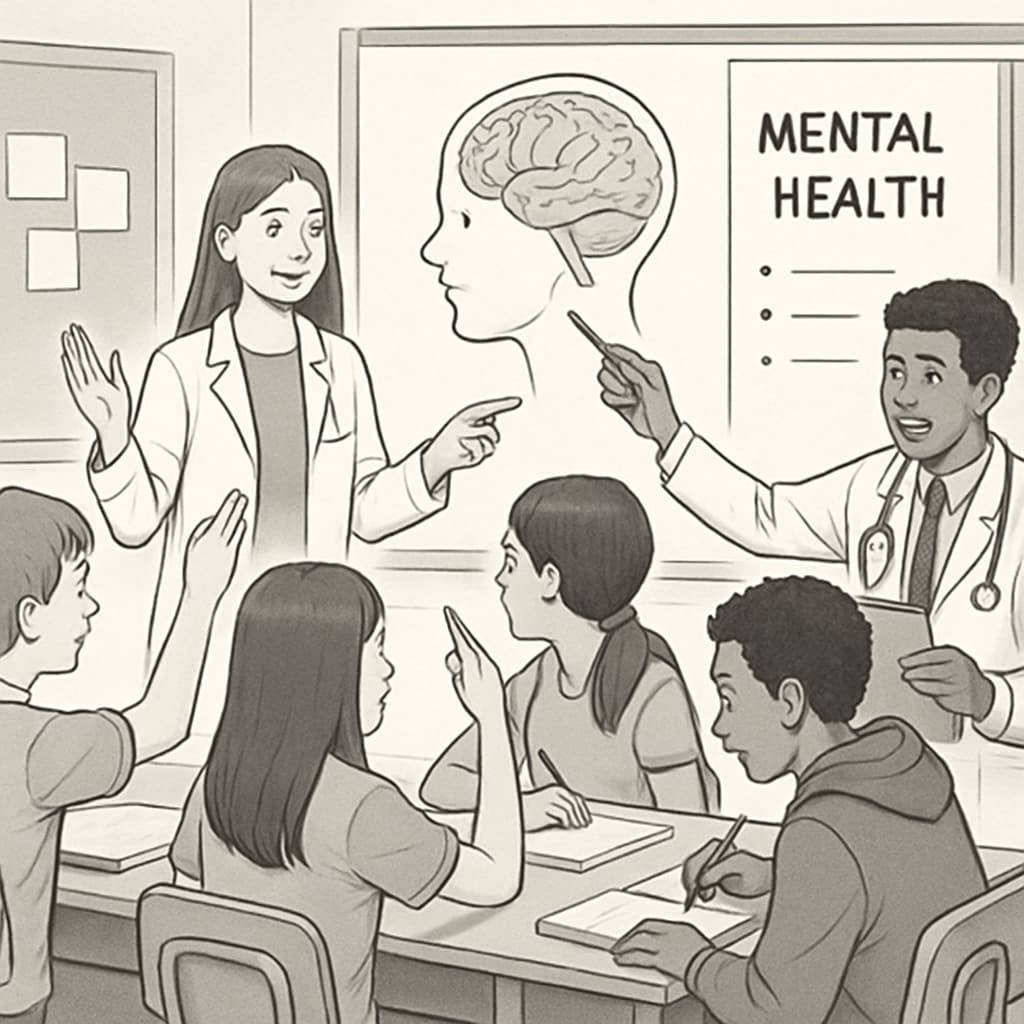Mental health challenges among high school students are becoming increasingly prevalent, yet they are often overlooked in traditional educational settings. Organizing school assemblies dedicated to mental health allows medical students to share their expertise and foster meaningful change. This article explores the feasibility of such initiatives and provides a step-by-step guide to implementing them effectively.
Why High School Students Need Mental Health Education
Adolescence is a critical period for mental and emotional development. High school students often face pressures from academics, social relationships, and future planning. According to a study by the World Health Organization, depression and anxiety are among the leading causes of illness and disability in adolescents worldwide. Despite the growing need for mental health support, many schools lack adequate resources or trained personnel to address these issues.
Medical students, with their foundational knowledge of mental health and healthcare systems, are uniquely positioned to fill this gap. By organizing assemblies, they can provide high school students with the tools to recognize mental health issues, seek help, and support peers.
Key Steps for Medical Students to Organize Mental Health Assemblies
Planning and delivering a successful mental health assembly involves several stages. Below is a structured approach to guide medical students through the process:
- Identify the Need: Conduct preliminary research to understand the specific mental health challenges faced by students in the target school.
- Partner with Schools: Establish a collaboration with school administrators, counselors, and teachers to align the program with the school’s objectives and schedule.
- Develop Content: Create an engaging presentation addressing topics such as stress management, recognizing mental health issues, and accessing resources. Include real-life examples and interactive elements to keep students engaged.
- Secure Resources: Gather the necessary materials, such as slides, pamphlets, and contact information for local mental health services.
- Promote the Event: Use school communication channels like newsletters, posters, and social media to inform students and their families about the event.

Ensuring Impactful Delivery and Engagement
Delivering a mental health assembly goes beyond presenting facts; it requires fostering an open and supportive environment. Here are tips to ensure the session is impactful:
- Use Inclusive Language: Avoid stigmatizing mental health issues and emphasize that seeking help is a sign of strength.
- Engage the Audience: Incorporate interactive activities like anonymous Q&A sessions, role-playing scenarios, or live polls to encourage participation.
- Provide Takeaways: Offer handouts or digital resources summarizing key points and providing contact information for mental health services.
For example, a case study from the Mental Health Foundation demonstrates that interactive sessions significantly increase student understanding of mental health topics compared to traditional lectures.

Measuring Success and Ensuring Sustainability
To gauge the effectiveness of the assembly, collect feedback through surveys or informal discussions with students and teachers. Questions could focus on changes in awareness, perceived relevance of the content, and suggestions for improvement. Use this data to refine future assemblies and potentially expand the program to other schools.
Additionally, consider involving more medical students to create a network of volunteers who can replicate the initiative across multiple schools. Establishing partnerships with mental health organizations can also provide ongoing support and resources.
By taking these steps, medical students can not only educate high schoolers about mental health but also create a lasting impact on their well-being.
Readability guidance: Use short paragraphs and bullet points to make the information digestible. Ensure transitions between sections are smooth, and maintain a supportive tone throughout.


